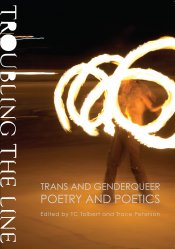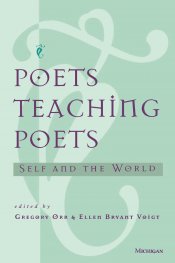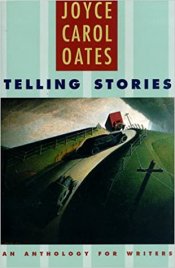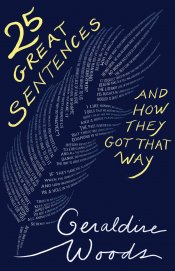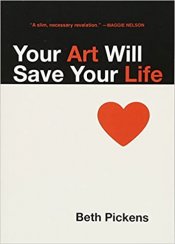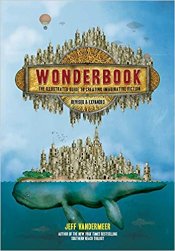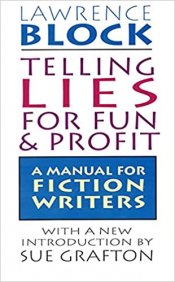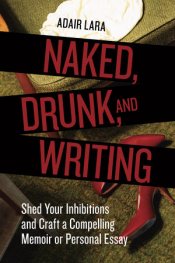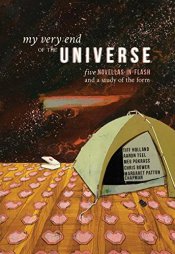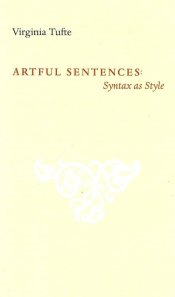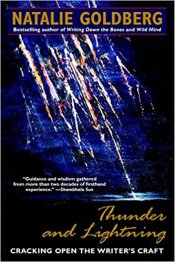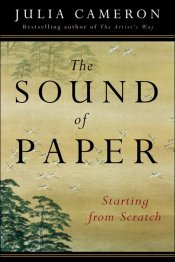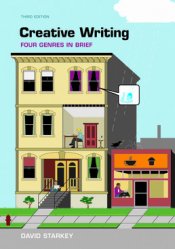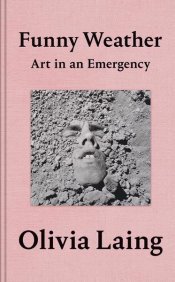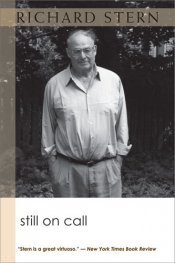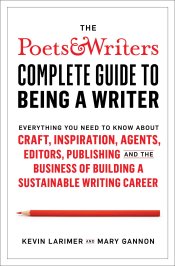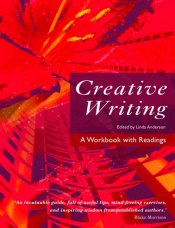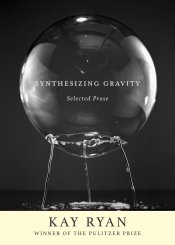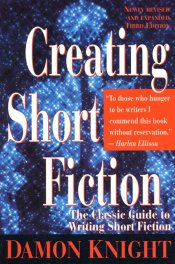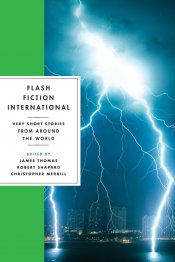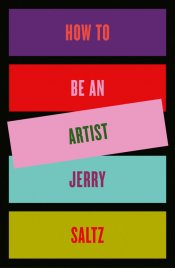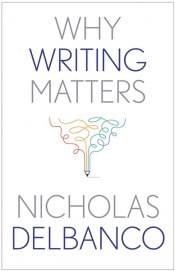Writing Creative Nonfiction: Instruction and Insights From the Teachers of the Associated Writing Programs
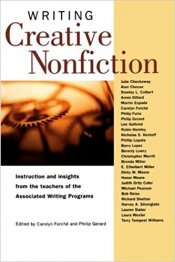
“It’s a fascinating enterprise, this business of trying to tell the truth about the world through writing that is at once factual and literary,” write editors Carolyn Forché and Philip Gerard in the introduction to this book focused on the wide-ranging genre of creative nonfiction. With over thirty essays and an accompanying reader, Writing Creative Nonfiction collects insight on vital elements of writing craft from esteemed writers, including Annie Dillard, Martín Espada, Phillip Lopate, Brenda Miller, and Judith Ortiz Cofer. Forms from the critical essay to the lyric essay, and the academic biography to journalism are covered, and there are prompts and exercises to engage anyone interested in learning more about the genre.






